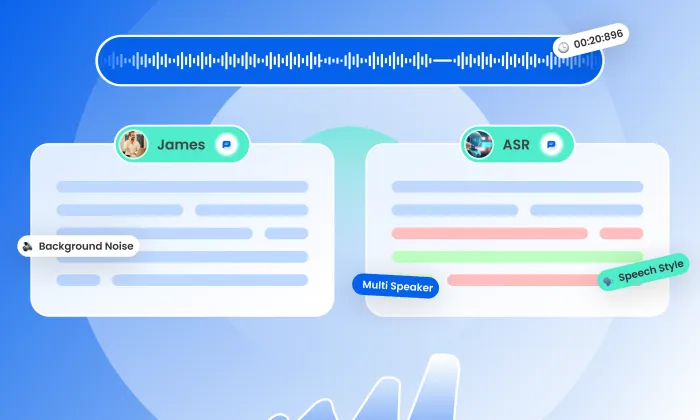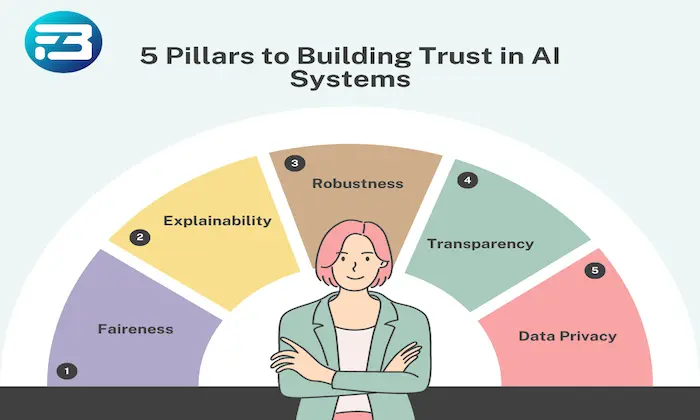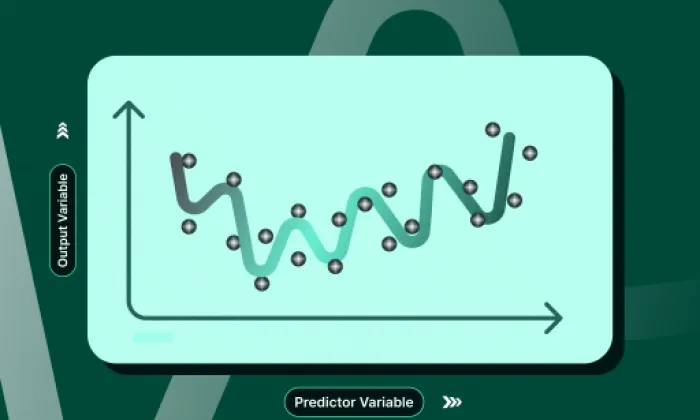How to reduce false triggers in wake word systems?
Wake Word
Voice Recognition
Speech AI
In voice-first systems, wake word detection plays a critical role in enabling seamless user interactions. However, false triggers, unintended activations caused by background noise or similar-sounding phrases remain a persistent challenge. These not only degrade user experience but also raise privacy concerns and increase processing overhead. This guide explores expert strategies to reduce false activations and improve system precision using FutureBeeAI’s datasets and tooling.
Why Reducing False Triggers Matters for Voice UX
False triggers often occur when the system confuses unrelated phrases with the intended wake word. For example, misinterpreting “Hey, do you know?” as “Hey Google.” In noisy or conversational settings, false activation rates can reach up to 30 percent.
Minimizing these errors improves:
- User trust and satisfaction by reducing frustration
- Privacy protection by avoiding unintended listening
- Battery and resource efficiency by limiting unnecessary audio processing
Wake Word Detection 101: Acoustics, Features, and Thresholds
A reliable wake word system depends on three foundational components:
- Acoustic modeling: Machine learning models trained to distinguish wake words from background speech
- Signal processing: Feature extraction methods like Mel-Frequency Cepstral Coefficients (MFCC) convert raw audio into meaningful representations
- Thresholding: Sensitivity tuning that balances the False Acceptance Rate (FAR) and False Rejection Rate (FRR) to optimize accuracy
Data-Driven Steps to Reduce False Triggers
Diverse Audio Data Collection
High-quality, diverse datasets allow models to learn nuanced differences between true triggers and acoustic distractions. FutureBeeAI’s Off-the-Shelf wake word datasets span over 100 languages and demographics. The YUGO platform enables filtering by device type, noise context, and accent, improving training outcomes.
Controlled Recording Environments
Data captured in noise-controlled conditions offers clarity, helping reduce ambiguity during model training. This sets a reliable baseline for detecting wake words in real-world environments.
Model and Contextual Techniques for Precision
Advanced Model Training
- Data augmentation
- Techniques like room impulse response convolution, background noise overlay, and speed variation improve model generalization
- Transfer learning
- Fine-tuning large pre-trained models on specific wake word datasets enhances performance in target applications
Contextual Awareness Strategies
- Two-stage detection
- Combine lightweight on-device spotting with server-side verification to reduce false positives
- User-specific calibration
- Train models on individual voice profiles to align detection with personal speech characteristics
Real-World Results
A global tech brand integrated these strategies and achieved a 25 percent reduction in false triggers within six months. Their success was driven by expanded dataset diversity, multi-accent coverage, and iterative model training.
FutureBeeAI’s Role in Wake Word Optimization
FutureBeeAI delivers voice data solutions that empower accurate wake word systems:
- Custom datasets through YUGO enable domain- and context-specific phonetic variation
- Multi-layer QA ensures clean, annotated, production-ready audio
- Scalable infrastructure for continuous model retraining and evaluation
Whether your goal is multilingual accuracy, noise robustness, or user-specific adaptation, FutureBeeAI provides the dataset foundation to support model success.
Mini Q&A: Fast Insights
Q: How do I choose the right sensitivity threshold?
A: Start by evaluating performance across varied real-world scenarios. Adjust thresholds based on FAR and FRR trends, and fine-tune using live user feedback.
Next Steps
By implementing these expert strategies and partnering with FutureBeeAI, your team can significantly reduce false activations, improve detection precision, and enhance overall system reliability. Contact us to explore a dataset pilot tailored to your voice AI system.
What Else Do People Ask?
Related AI Articles
Browse Matching Datasets
Acquiring high-quality AI datasets has never been easier!!!
Get in touch with our AI data expert now!








